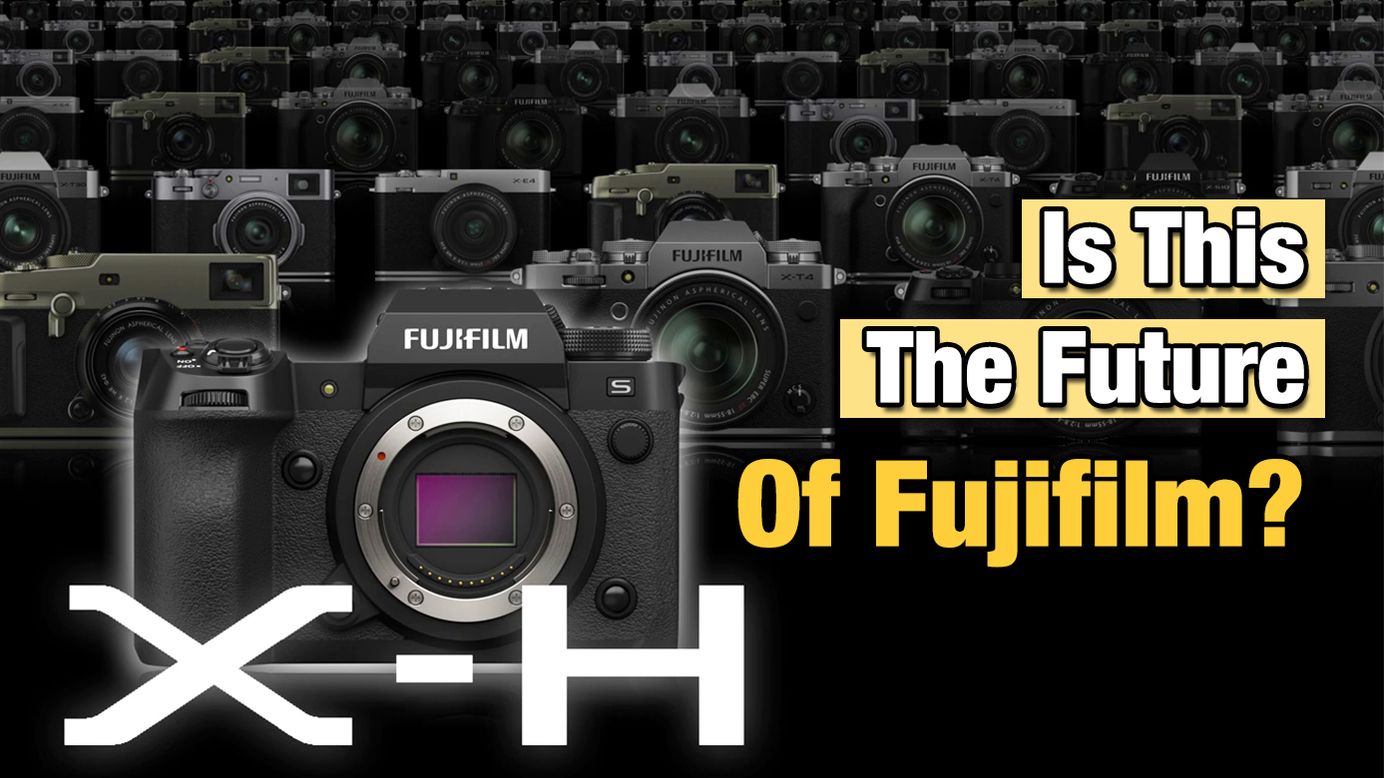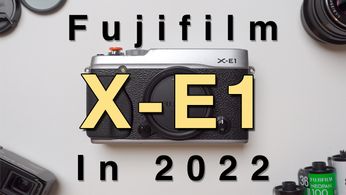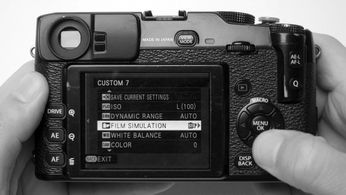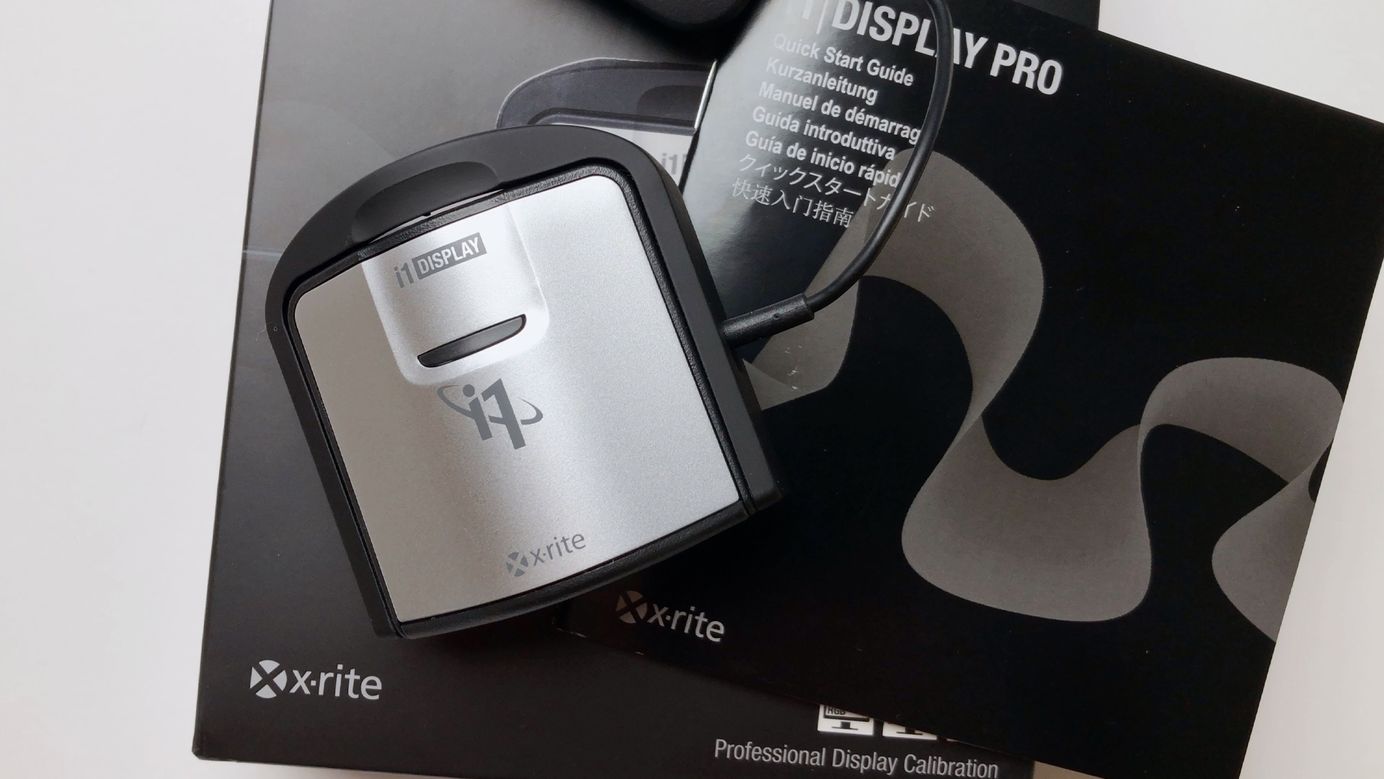
X-Rite i1 Colour Calibration Tool & Process
The Importance Of Calibrating Your Display.
Table of Contents
As artists and creatives, we want people to experience our creations exactly as we intended. Whether it's showing your film in the theatre with a perfect score and dialogue audio mix, or displaying your photographs at a gallery with the exact colour rendition and exposure as we intended.
We have to ensure our vision remains. In one of my previous videos, we talked about the importance of printing your own photographs and photobooks. So today I figured we go through the process of understanding colour accuracy and calibrating your display.
I'll be calibrating my Macbook Pro display with the X-Rite i1 Display Pro, just make sure the specs of the display you're trying to calibrate are consistent. The Macbook Pro has a P3 display, so it's decent enough to justify this process.
Why Do You Need To Calibrate Your Display?
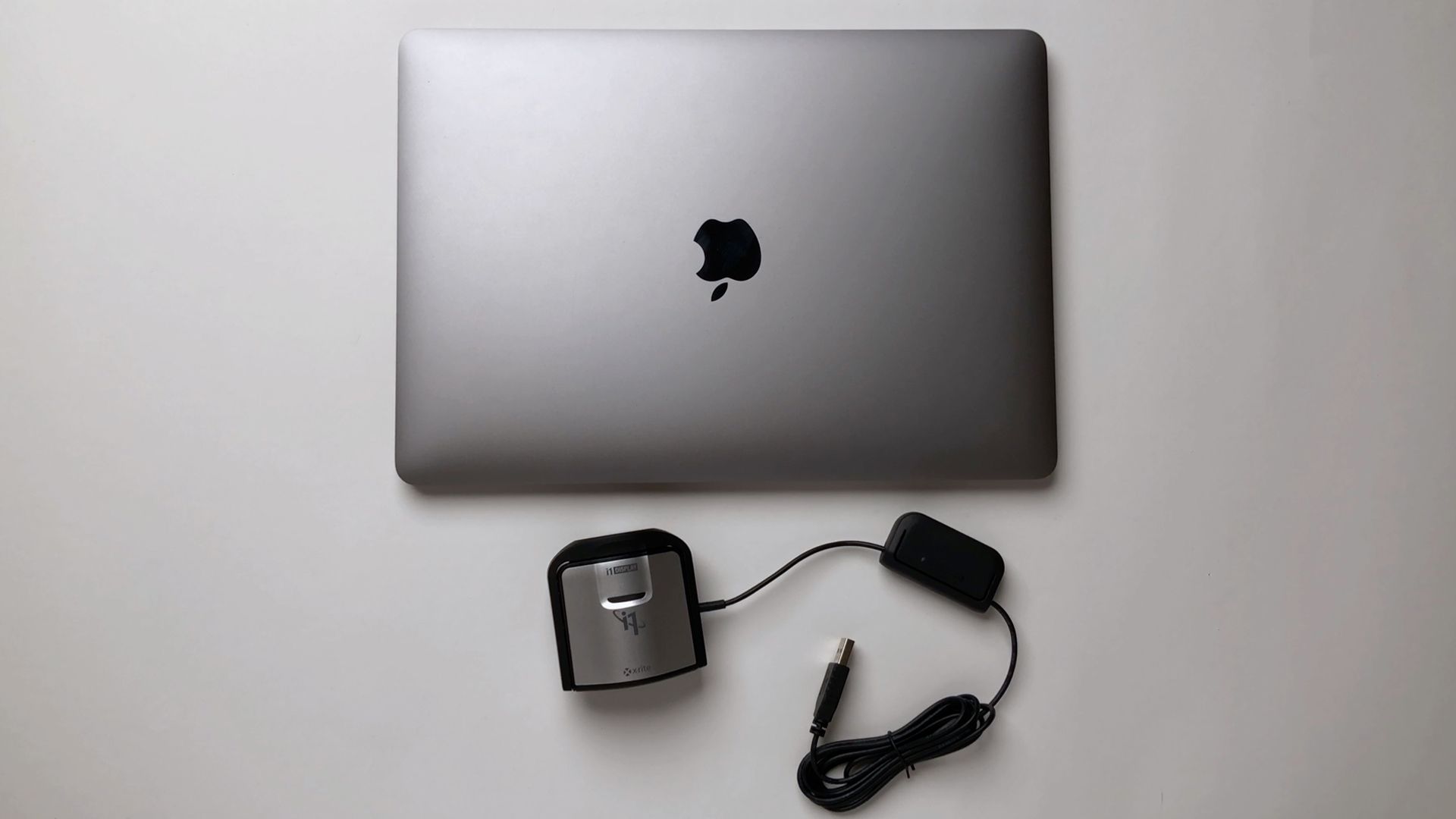
Not every computer monitor or laptop display is the same, some have different ranges in colour and contrast, some have longer life spans than others and some even have wider colour spaces and colour gamuts available, like wide gamuts and P3.
Issues like printing photos that look great on your display and awful on paper are usually caused by the disconnect between the viewing colour profiles or your display, and the industry-standard profiles for printing fine art photographs and publishing films.
When you calibrate your display, you get them as close as possible to the delivery and printing standards, assuring colour accuracy and proper exposure values to your prints and films.
The longer you use a display, the less accurate it becomes, so it's recommended that the calibration process is completed often to try to keep your display always at the same accuracy level.
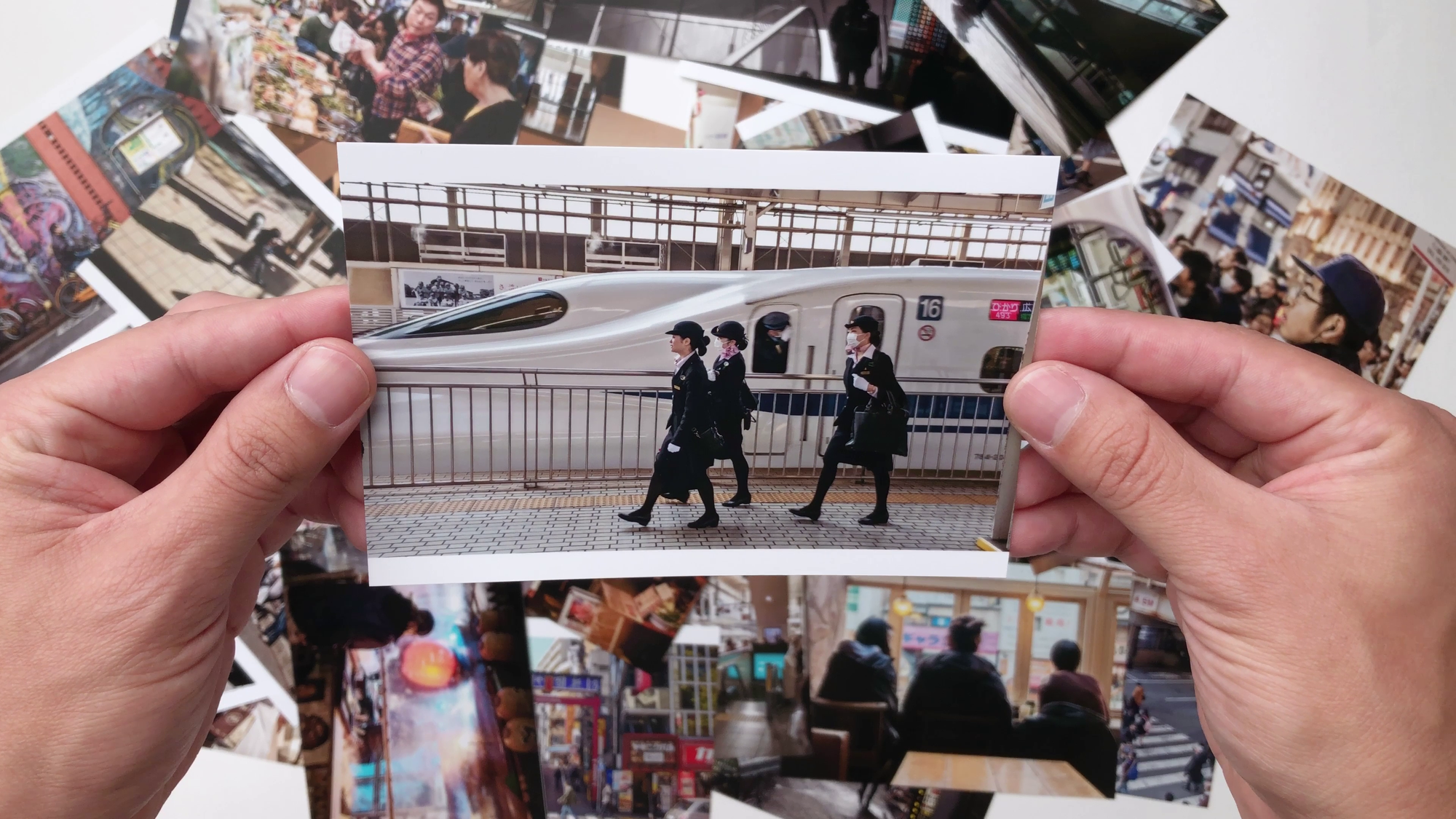
Consider this, you print your photos in places like Walmart or Costco, and then they look completely off, you correct them digitally, and you try again but still no luck. by the third time, you probably give up and feel disappointed about the whole process.
The issue is simple, a disconnect between the colours you see on your unbalanced display, and what the actual colours are. If you are printing simple family photos of your kids or pets, then this disconnect between devices is not a big deal, you probably don't even think much of it.
But if you are taking photography seriously and you want to print your photos in higher-end photo paper, canvas, gallery prints or even create your own photo prints, then calibrating your display is a must and sometimes even worth getting a better display altogether.
The Calibration Process
For clarity and simplicity, I made a video about the full step-by-step calibration process, including the best settings and extra information regarding the room lighting and exposure settings.
YouTube Video
This is a summary of my YouTube Video, you can watch the whole piece linked here:



